Home>Furniture>Bedroom Furniture>What Is A Tanning Bed
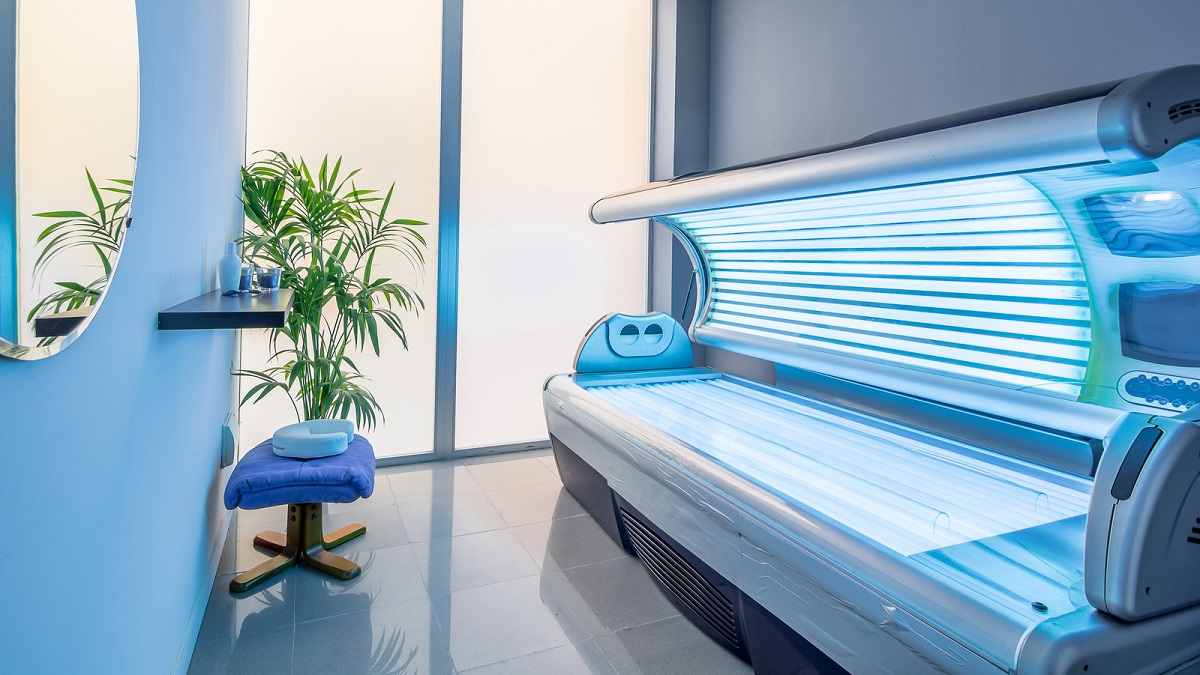

Bedroom Furniture
What Is A Tanning Bed
Modified: February 25, 2024
Discover the benefits of having a tanning bed in your bedroom with our premium collection of bedroom furniture. Achieve a sun-kissed glow all year round.
(Many of the links in this article redirect to a specific reviewed product. Your purchase of these products through affiliate links helps to generate commission for Storables.com, at no extra cost. Learn more)
Introduction
Welcome to the world of bedroom furniture! Your bedroom is a personal sanctuary, and the furniture you choose can significantly impact its style, comfort, and functionality. Whether you’re looking for a cozy bed, a sleek dresser, or a stylish nightstand, having a deep understanding of bedroom furniture can help you make informed decisions that will transform your bedroom into a haven of relaxation.
In this comprehensive guide, we will delve into the world of bedroom furniture, exploring different types, styles, and materials, as well as providing tips on how to select the perfect pieces for your space. From classic designs to contemporary trends, we’ll explore a variety of options to suit different budgets and aesthetics.
Not only will we discuss the aesthetics of bedroom furniture, but we’ll also delve into the functionality and organization it can bring to your space. Bedrooms can often be cluttered spaces, but with the right furniture, you can create order and maximize storage, allowing for a peaceful and serene atmosphere.
Additionally, we’ll explore the importance of choosing furniture that suits your personal style and preferences. Your bedroom is a reflection of your individuality, so you’ll want to select pieces that resonate with your unique taste. Whether you prefer a minimalist, modern look or a more rustic, traditional aesthetic, we’ll provide guidance on how to achieve your desired style.
Lastly, we’ll discuss the importance of quality and durability when it comes to bedroom furniture. Investing in well-made, long-lasting pieces ensures that your bedroom furniture will not only look great but also stand the test of time. We’ll explore different materials and construction techniques that contribute to the overall quality and longevity of your furniture.
So, get ready to embark on a journey through the world of bedroom furniture. By the end of this guide, you’ll have the knowledge and confidence to choose the perfect pieces that will transform your bedroom into a space that reflects your style and provides a restful haven for relaxation and rejuvenation.
Key Takeaways:
- Transform your bedroom into a haven of relaxation with informed decisions on furniture that reflects your style and maximizes storage and organization.
- Approach tanning bed use responsibly, understanding the potential risks and benefits, and following safety guidelines for a safe and effective tanning experience.
Read more: How To Tan In A Tanning Bed
Definition of a Tanning Bed
A tanning bed, also known as a sunbed, is a specialized device that emits ultraviolet (UV) radiation in order to achieve a tan, simulating the effects of natural sunlight. The bed consists of a flat surface with UV lamps strategically placed above and below the body, creating an even distribution of UV light.
Tanning beds are typically found in tanning salons, spas, and fitness centers, although smaller versions, known as home tanning beds, are also available for personal use. These beds have gained popularity due to their convenience, allowing individuals to achieve a tan without exposure to the sun’s rays.
The primary purpose of a tanning bed is to stimulate the skin’s production of melanin, the pigment responsible for the darkening of the skin. When exposed to the UV radiation emitted by the bed, the skin responds by producing more melanin, resulting in a tan.
It is important to note that tanning beds emit both UVA and UVB radiation, which can have both positive and negative effects on the skin. UVA rays penetrate deep into the skin, while UVB rays primarily affect the outermost layers. Both types of radiation can contribute to the tanning process, but they also pose potential risks to the skin’s health.
Modern tanning beds are equipped with timers and adjustable settings to control the intensity and duration of exposure. This allows individuals to customize their tanning sessions based on their particular skin type and desired level of color.
It is crucial to understand that tanning beds are not a safe alternative to natural sunlight. While they offer a controlled environment for tanning, prolonged and excessive exposure to UV radiation can lead to a variety of health risks and potential skin damage.
Therefore, it is essential to approach the use of tanning beds responsibly and be aware of the potential risks involved. It is recommended to consult with a healthcare professional before starting a tanning bed regimen, especially if you have a history of skin conditions or are taking medications that may increase sensitivity to UV radiation.
Now that we have explored the definition and purpose of a tanning bed, let’s delve deeper into how these devices work and the different types available in the market.
How Do Tanning Beds Work?
Tanning beds work by emitting artificial UV radiation that stimulates the skin’s melanocytes to produce melanin, the pigment responsible for tanning. The two main types of UV radiation emitted by tanning beds are UVA and UVB.
When you enter a tanning bed, the UV lamps inside emit both UVA and UVB rays. UVA rays are longer wavelengths that penetrate deep into the skin, while UVB rays have shorter wavelengths that primarily affect the outer layers of the skin.
As the UV radiation penetrates the skin, it stimulates the melanocytes, the cells responsible for producing melanin. The melanocytes respond by increasing melanin production, causing the skin to darken. The amount of melanin produced will depend on various factors, such as the intensity of the UV radiation, the duration of exposure, and individual skin type.
Most tanning beds have multiple lamps strategically placed to ensure an even distribution of UV radiation across the body. This helps to achieve an overall tan without creating uneven patches or missed areas.
Many modern tanning beds also offer adjustable settings that allow users to control the intensity and duration of their tanning sessions. These settings are important to consider, as they can help prevent overexposure and minimize the risk of skin damage.
It is worth noting that the UVA radiation emitted by tanning beds is responsible for the immediate darkening of the skin, while the UVB radiation contributes to the delayed tan that develops over the course of a few hours or days.
However, it is essential to understand that the use of tanning beds carries potential health risks. Exposure to UV radiation, whether from tanning beds or natural sunlight, can increase the risk of sunburn, premature aging of the skin, and skin cancer. It is crucial to approach tanning bed use responsibly, taking precautions to minimize these risks.
In the next section, we will explore the different types of tanning beds available, each with its own unique features and benefits.
Types of Tanning Beds
When it comes to tanning beds, there are several types available on the market, each with its own features and benefits. Understanding the different types can help you make an informed decision about which one will best suit your needs. Let’s explore some of the most common types of tanning beds:
- Conventional Tanning Beds: Also known as low-pressure tanning beds, conventional beds use a combination of UVA and UVB lamps to achieve a tan. These beds typically have longer lamp life and are known for producing a darker, longer-lasting tan. Conventional tanning beds are suitable for both beginner and experienced tanners.
- High-Pressure Tanning Beds: High-pressure beds use fewer UVB lamps and more UVA lamps compared to conventional beds. This results in a deeper, longer-lasting tan in a shorter amount of time. High-pressure beds are often preferred by experienced tanners or those looking for quicker results.
- Stand-Up Tanning Beds: As the name suggests, stand-up or vertical tanning beds allow you to tan while standing upright. These beds provide a 360-degree tanning experience, ensuring that all areas of the body receive an even tan. Stand-up beds are popular for their convenience and the ability to achieve an all-around, uniform tan.
- Collagen-Boosting Beds: In addition to providing a tan, collagen-boosting beds also emit red light therapy. Red light therapy is believed to stimulate the production of collagen, which can improve the overall appearance and health of the skin. These beds are often chosen for their anti-aging benefits and skin rejuvenation properties.
- Hybrid Beds: Hybrid beds combine the benefits of UV tanning lamps with additional features, such as red light therapy or infrared heat. These beds offer the versatility to customize your tanning and wellness experience according to your desired results and preferences.
When choosing a tanning bed, it is essential to consider your tanning goals, including the desired level of color, convenience, and additional features that may be beneficial to you. It is also important to follow the manufacturer’s guidelines and safety precautions. Regular maintenance and lamp replacement are crucial to ensure the longevity and efficiency of your tanning bed.
Now that we have covered the types of tanning beds available, let’s explore the potential health risks and safety concerns associated with tanning bed use in the next section.
Health Risks and Safety Concerns
While tanning beds can provide a convenient way to achieve a tan, it is important to be aware of the potential health risks and safety concerns associated with their use. Understanding these risks can help ensure that you approach tanning bed use responsibly and take necessary precautions to protect your skin and overall well-being.
Here are some of the health risks and safety concerns associated with tanning beds:
- Skin Damage: Excessive and prolonged exposure to UV radiation from tanning beds can lead to sunburn, premature aging of the skin, and an increased risk of skin cancers such as melanoma.
- Eye Damage: The intense UV radiation emitted by tanning beds can also harm the eyes. Failure to wear proper eye protection, such as goggles specifically designed for indoor tanning, can increase the risk of eye damage, including cataracts and corneal burns.
- Photosensitivity and Medication Interactions: Some medications, such as certain antibiotics, acne medications, and birth control pills, can increase sensitivity to UV radiation. If you are taking any medication, it is essential to consult with your healthcare provider before using a tanning bed to ensure that there are no potential interactions or adverse effects.
- Overexposure: It is crucial to avoid overexposure to UV radiation, as it can lead to sunburn, skin damage, and a higher risk of skin cancer. Following recommended exposure times and using appropriate protective measures can help minimize the risk of overexposure.
- Hygiene and Sanitation: Tanning beds are shared spaces, and proper hygiene practices are essential to prevent the spread of bacteria and viruses. It is important to clean the tanning bed surfaces before each use and follow the salon’s guidelines for maintaining a clean and sanitary environment.
- Pregnancy: Pregnant women are generally advised to avoid tanning beds due to the potential risks to both the mother and the developing baby. The increased body temperature and potential overexposure to UV radiation can pose risks to the fetus. It is always best to consult with a healthcare provider regarding tanning bed use during pregnancy.
To minimize the potential health risks and ensure safe tanning bed use, consider the following precautions:
- Limit your tanning sessions and follow the recommended exposure times for your skin type.
- Wear proper eye protection, such as goggles, to shield your eyes from UV radiation.
- Moisturize your skin before and after tanning to keep it hydrated and minimize the drying effects of UV radiation.
- Do not exceed the manufacturer’s guidelines for lamp replacement and maintenance to ensure the efficiency and safety of the tanning bed.
- Consult with a healthcare professional if you have any concerns regarding your skin type, medication interactions, or other health conditions.
- Consider alternative methods of achieving a tan, such as self-tanning products or spray tans, which do not involve UV radiation.
By understanding the potential risks and safely following guidelines, you can enjoy the benefits of a tan while prioritizing your health and well-being.
In the next section, we will explore the benefits of tanning beds and how they compare to natural sunlight.
Always wear protective eyewear when using a tanning bed to prevent damage to your eyes. It’s important to protect your vision from the UV rays emitted by the tanning bed.
Read more: What To Wear In Tanning Bed
Benefits of Tanning Beds
Tanning beds have gained popularity due to the convenience and controlled environment they offer for achieving a tan. While it is important to approach tanning bed use responsibly and be aware of the potential risks, there are some benefits associated with their use. Let’s explore some of the advantages of tanning beds:
- Controlled Tanning: Tanning beds provide a controlled environment where you can adjust the intensity and duration of your tanning session. This allows you to customize your tan according to your skin type and desired level of color.
- All-Season Tanning: Tanning beds offer a way to achieve a tan regardless of the weather or time of year. This is particularly beneficial for individuals who live in regions with limited sunlight or experience long winters.
- Vitamin D Production: The UVB rays emitted by tanning beds stimulate the production of vitamin D in the skin. Vitamin D plays a crucial role in many bodily functions, including bone health, immune function, and mood regulation.
- Improved Appearance: Many individuals find that having a tan enhances their appearance and boosts their self-confidence. Tanning can create a healthy glow and even out skin tone, minimizing the appearance of blemishes and imperfections.
- Relaxation and Stress Relief: Some people find the experience of lying in a tanning bed to be soothing and a form of relaxation. The warmth and gentle buzz of the UV lamps can be a calming experience, offering a brief respite from daily stressors.
- Even Tanning: Tanning beds are designed to provide an even distribution of UV radiation, resulting in a more uniform tan compared to sun exposure. This can help minimize the risk of patchy or uneven tanning that may occur when exposed to natural sunlight.
While these benefits may be appealing, it is important to remember that the risks associated with tanning bed use should not be overlooked. It is crucial to use tanning beds responsibly, follow safety precautions, and consult with a healthcare professional if you have any concerns or pre-existing skin conditions.
Next, we will compare tanning beds to natural sunlight to help you make an informed decision about your tanning options.
Tanning Bed vs Natural Sunlight
When it comes to achieving a tan, you have two primary options: tanning beds or natural sunlight. Both methods provide exposure to ultraviolet (UV) radiation, which stimulates the production of melanin in the skin. However, there are several factors to consider when comparing tanning beds to natural sunlight:
Control: Tanning beds offer a more controlled environment compared to natural sunlight. You can adjust the intensity and duration of your tanning session to suit your skin type and desired level of color. This control allows for a more predictable and customizable tan, helping to avoid overexposure and sunburn.
Convenience: Tanning beds provide a convenient option for achieving a tan, especially when sunlight exposure is limited due to weather or geographical location. You can tan at your convenience and avoid relying on the availability of natural sunlight.
Skin Type and Sensitivity: Individuals with fair or sensitive skin may find tanning beds to be a better option as they can carefully control their exposure to UV radiation. Tanning beds allow for gradual exposure, making it easier to monitor and minimize the risk of sunburn or skin damage.
UV Radiation Levels: Tanning beds emit both UVA and UVB rays, with varying intensity depending on the type of bed. In contrast, natural sunlight contains a mix of UVA and UVB rays, but the intensity can vary based on factors like time of day, geographical location, and atmospheric conditions. Tanning beds provide a more consistent and predictable UV radiation dose.
Vitamin D Production: While tanning beds can stimulate the production of vitamin D, natural sunlight remains the most effective source. Sunlight exposure triggers the body to produce the active form of vitamin D, which plays a vital role in various bodily functions. However, it is important to strike a balance to avoid overexposure and the associated risks.
Risks and Safety: Tanning beds carry certain risks, including an increased risk of skin damage, premature aging, and skin cancers. Overexposure to UV radiation in tanning beds or natural sunlight can be harmful. It is crucial to follow recommended exposure times, use appropriate protective measures, and prioritize the health of your skin.
Ultimately, the choice between a tanning bed and natural sunlight depends on your preferences, convenience, and priorities. If you choose to use a tanning bed, it is essential to approach it responsibly, following safety guidelines and considering the potential risks.
Next, we will provide tips and guidelines on how to use a tanning bed safely, maximizing the benefits while minimizing the risks.
How to Use a Tanning Bed Safely
Using a tanning bed safely is crucial to minimize the potential health risks associated with UV radiation exposure. By following these tips and guidelines, you can enjoy the benefits of tanning beds while prioritizing the well-being of your skin:
- Know your skin type: Understanding your skin type is essential when using a tanning bed. Different skin types have varying levels of sensitivity to UV radiation. Assess your skin type to determine the appropriate exposure time and intensity for your tanning sessions.
- Start with short sessions: If you are new to using tanning beds or have fair skin, it is best to begin with short exposure sessions. Gradually increase the time as your skin develops a tolerance to UV radiation. Avoid long sessions at the beginning to minimize the risk of sunburn or overexposure.
- Wear protective eyewear: Always wear goggles designed specifically for indoor tanning to protect your eyes from harmful UV radiation. Failure to wear proper eye protection can lead to eye damage, such as cataracts or corneal burns.
- Moisturize your skin: Before each tanning session, apply a moisturizer to your skin. This helps to maintain the moisture balance and minimize the drying effects of UV radiation exposure.
- Familiarize yourself with the equipment: Take the time to become familiar with the specific tanning bed you are using. Understand how to adjust the intensity, timers, and other settings to customize the session according to your needs.
- Protect sensitive areas: Cover sensitive areas of your skin, such as the nipples, genitals, and moles, with protective stickers or clothing. These areas can be more susceptible to burning and should be shielded from UV radiation.
- Maintain proper hygiene: Ensure that the tanning bed and its surfaces are clean before each use. Clean the bed using disinfectant wipes or spray as recommended by the manufacturer. This helps prevent the spread of bacteria and viruses.
- Follow manufacturer guidelines: Adhere to the manufacturer’s guidelines regarding the frequency of lamp replacement and maintenance. This ensures that the tanning bed functions properly and provides the desired results while minimizing potential risks.
- Monitor your skin: Regularly examine your skin for any changes or irregularities. If you notice any new moles, growths, or changes in existing moles, consult a dermatologist to rule out any potential skin concerns.
- Limit your overall exposure: Remember that tanning beds should be used in moderation. Avoid excessive exposure to UV radiation by spacing out your tanning sessions and giving your skin time to recover between sessions.
Following these safety guidelines will help ensure that your tanning bed experience is both enjoyable and safe. Prioritizing your skin’s health is necessary when it comes to achieving a tan.
In the next section, we will provide additional tips and precautions to keep in mind when using a tanning bed.
Tanning Bed Tips and Precautions
When using a tanning bed, it is important to take additional precautions and follow these tips to ensure a safe and effective tanning experience:
- Protect your lips: Apply a lip balm with SPF to protect your lips from potential sunburn and drying effects.
- Avoid overexposure: Stick to the recommended exposure times based on your skin type and gradually increase your exposure as your skin develops a tan. Do not exceed the maximum recommended time to avoid overexposure.
- Monitor the condition of your skin: Pay attention to any changes in your skin, such as redness, sensation of heat, or excessive dryness. If you experience any discomfort or irritation, stop tanning and allow your skin to recover.
- Stay hydrated: Drink plenty of water before and after your tanning session to keep your body hydrated. This helps to counteract the drying effects of UV radiation on your skin.
- Avoid tanning if you have sunburn: If you have sunburn or if your skin is significantly red or sensitive, avoid using a tanning bed until your skin has healed completely.
- Be cautious with medications and cosmetics: Some medications, such as antibiotics or acne medications, can increase sensitivity to UV radiation. Certain cosmetics, including perfumes or lotions containing photosensitizing ingredients, can increase the risk of skin irritation. Consult with your healthcare provider and avoid using potentially photosensitizing products before tanning.
- Follow salon guidelines: If you are using a tanning bed in a salon or spa, carefully follow their guidelines and instructions. It is important to understand their policies, including session times, protective measures, and hygiene practices.
- Avoid prolonged exposure to UV radiation: Even with proper precautions, limit your overall exposure to UV radiation. Consider alternating tanning bed sessions with days of rest to give your skin time to recover and minimize the risk of overexposure and skin damage.
- Consider professional advice: If you are unsure about using a tanning bed or have specific concerns about your skin, seek advice from a dermatologist or a healthcare professional. They can provide personalized recommendations based on your skin type and medical history.
By following these tips and precautions, you can enjoy a tanning bed experience that is both safe and effective. Remember, moderation is key, and your skin’s health should always be the top priority.
Finally, let’s summarize all the information we have covered in this guide.
Read more: How To Use A Tanning Bed Safely
Conclusion
Throughout this guide, we have explored the world of bedroom furniture, delving into different types, styles, and materials to help you transform your bedroom into a personal oasis. We discussed the importance of selecting furniture that not only reflects your style but also enhances the functionality and organization of your space.
When it comes to tanning beds, we learned that they are specialized devices that emit UV radiation to achieve a tan. While they offer convenience and control, it is crucial to approach tanning bed use responsibly and be aware of the potential health risks and safety concerns involved.
We compared tanning beds to natural sunlight, highlighting the benefits and drawbacks of each method. Both options provide exposure to UV radiation, but tanning beds offer a more controlled environment, suitable for individuals with sensitive skin or limited access to sunlight.
To use a tanning bed safely, we provided tips and precautions to minimize risks and protect your skin. It is important to understand your skin type, limit exposure, wear appropriate protective gear, and monitor your skin for any changes or discomfort.
Lastly, we emphasized the importance of prioritizing your skin’s health and consulting with healthcare professionals if needed. By taking proper precautions, you can enjoy the benefits of tanning beds while minimizing potential risks.
We hope this guide has provided valuable insights into bedroom furniture and tanning beds, enabling you to make informed decisions that align with your personal taste, comfort, and safety. Remember, your bedroom should be a haven of relaxation and rejuvenation, and with the right furniture and responsible tanning practices, you can create the perfect space to unwind and recharge.
Now, it’s time to embark on the journey of transforming your bedroom and achieving the serene atmosphere you’ve always dreamed of. Happy decorating and safe tanning!
Frequently Asked Questions about What Is A Tanning Bed
Was this page helpful?
At Storables.com, we guarantee accurate and reliable information. Our content, validated by Expert Board Contributors, is crafted following stringent Editorial Policies. We're committed to providing you with well-researched, expert-backed insights for all your informational needs.
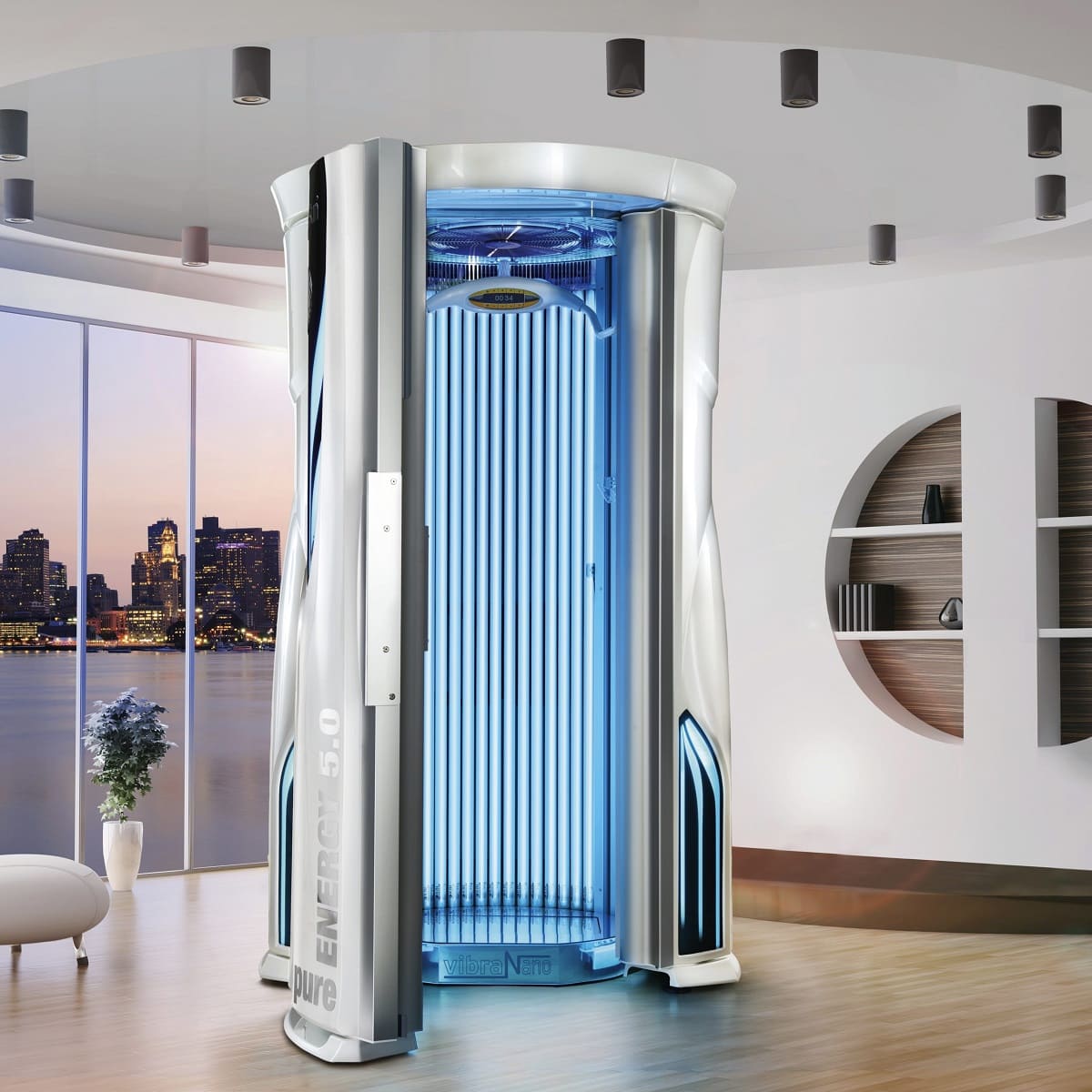
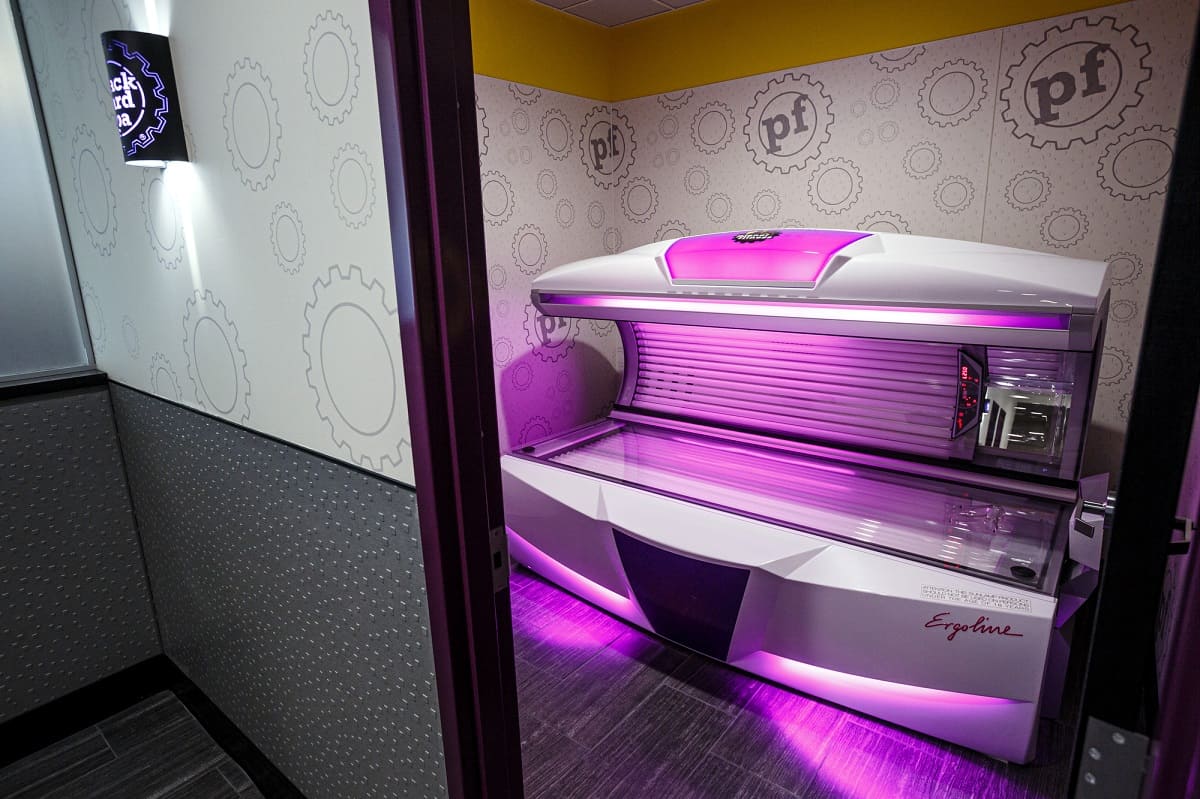
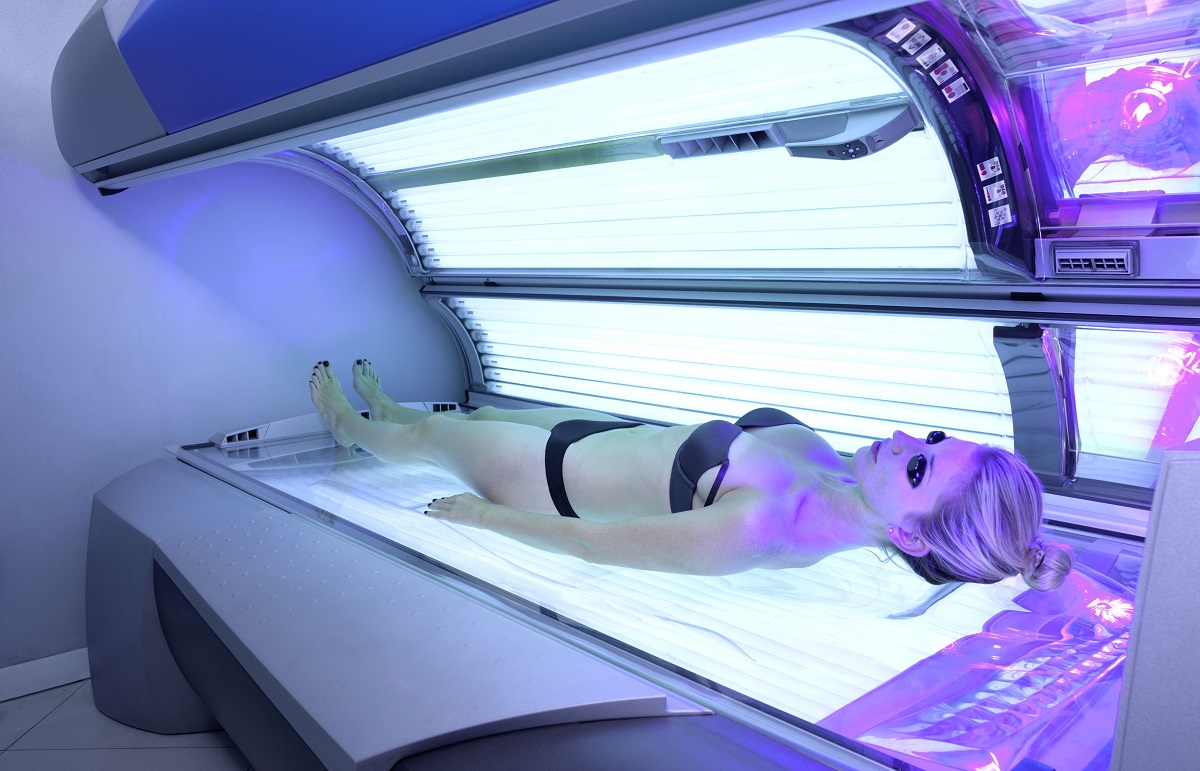
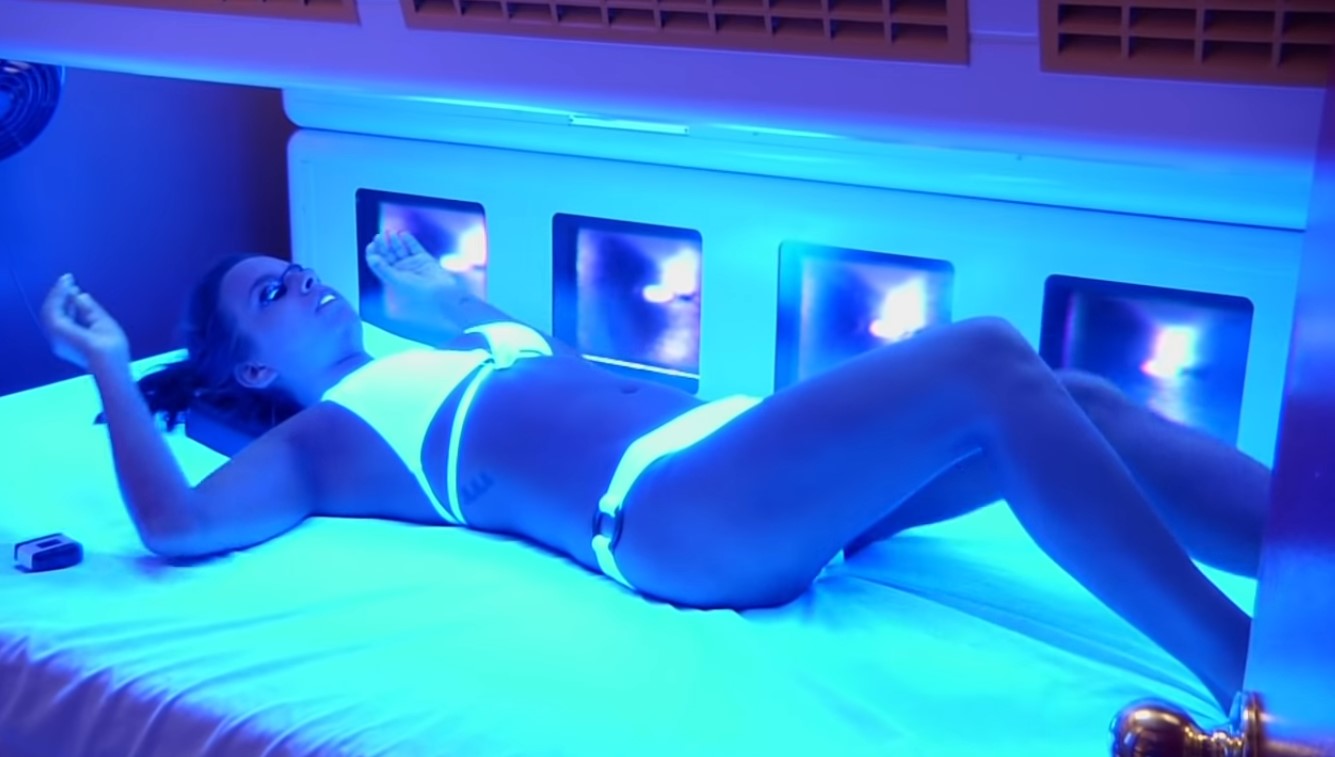
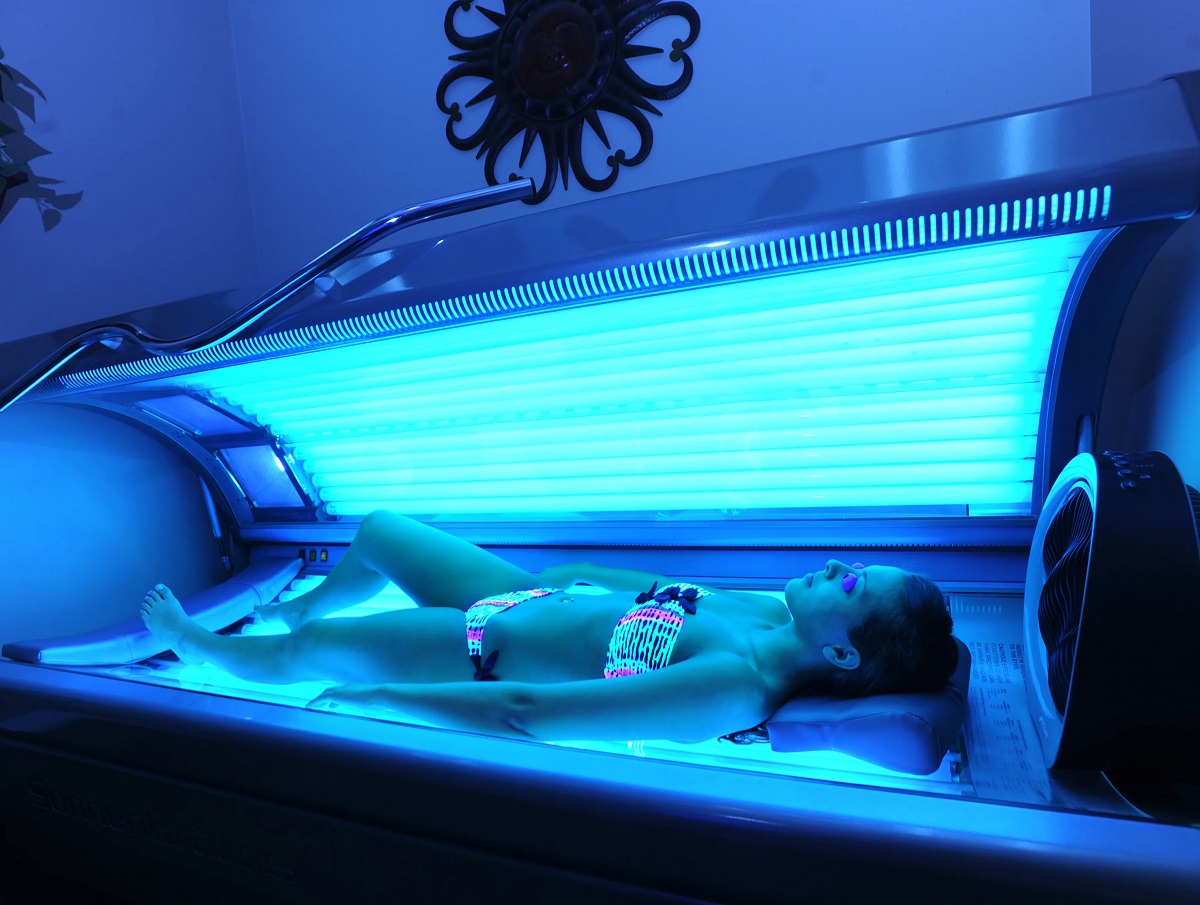
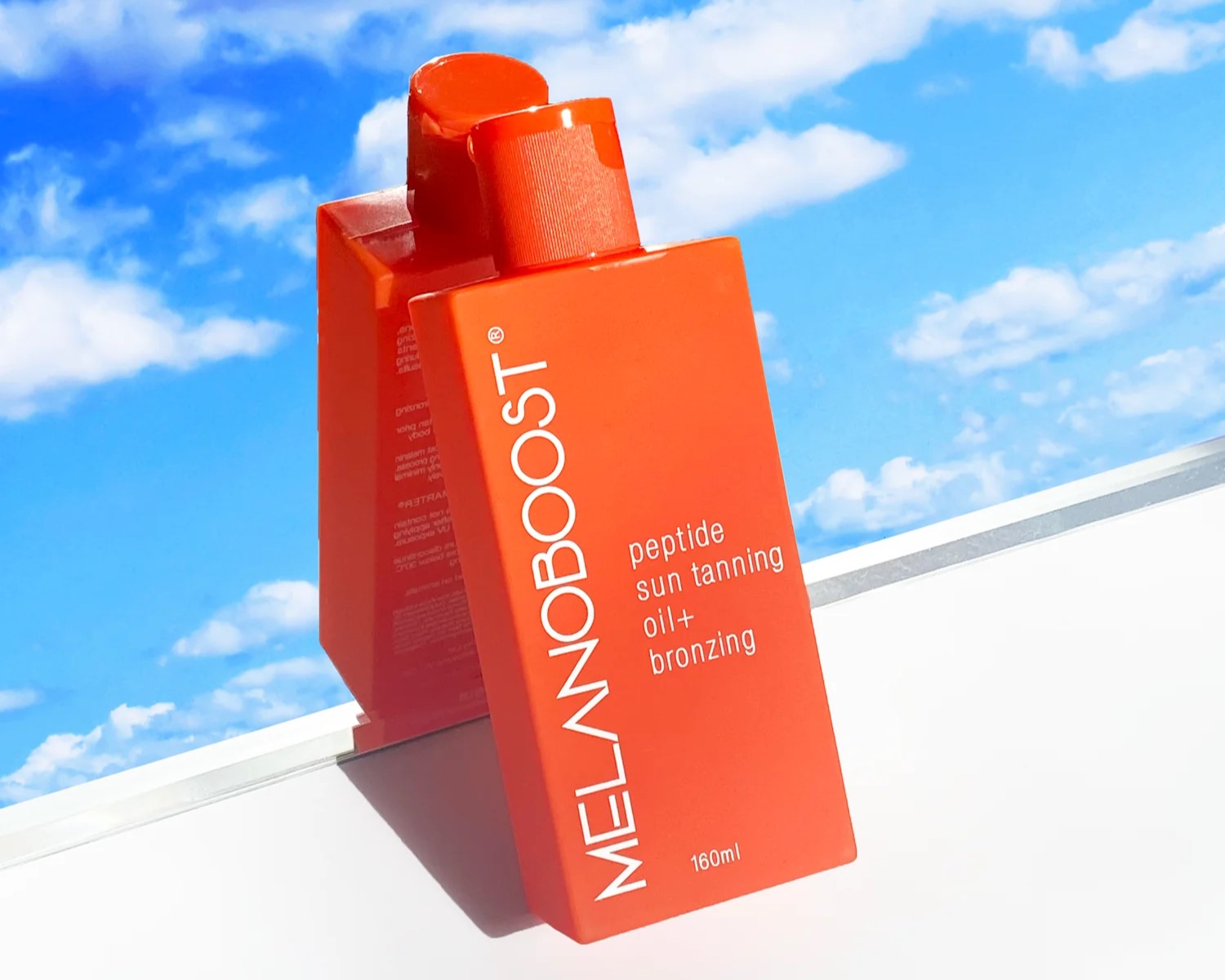





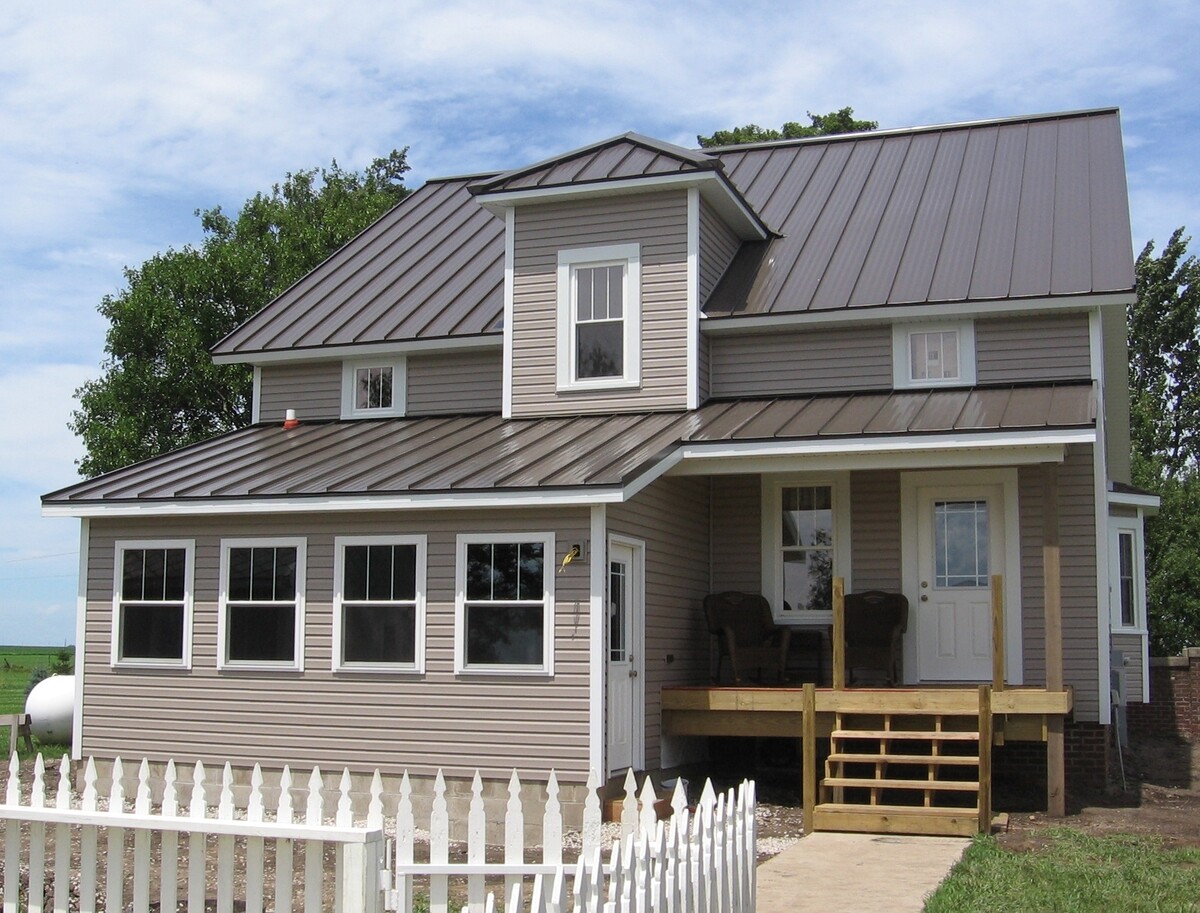


0 thoughts on “What Is A Tanning Bed”